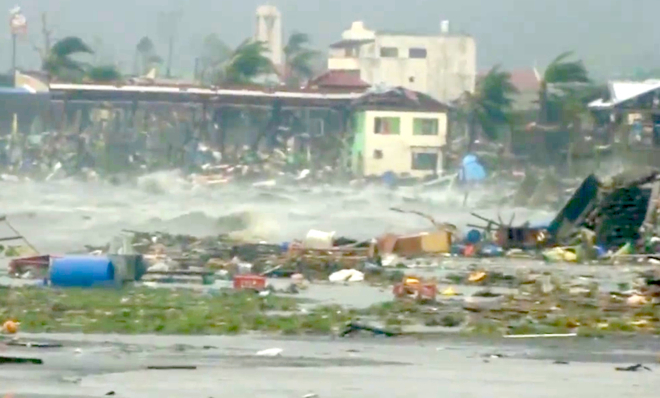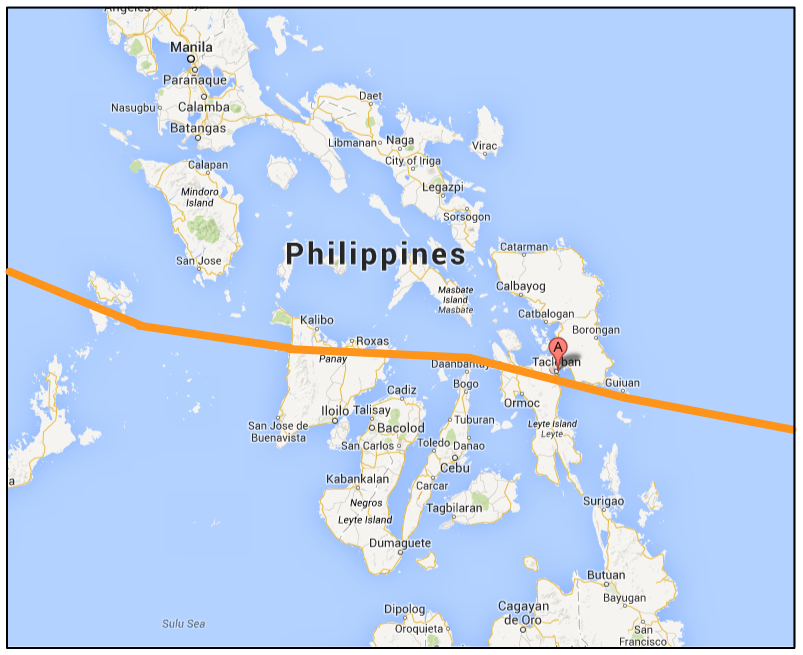The scope of Typhoon Haiyan's devastation
The death toll from one of the strongest storms ever recorded has hit 10,000, and it will probably rise


On Friday, Super Typhoon Haiyan (also called Yolanda) plowed into the Philippines with tornado-force winds of up to 190 miles per hour. By Monday, the scope of the devastation was starting to become clear, as authorities, aid workers, and journalists started arriving at areas in the typhoon's path.

At least 10,000 people may have died in the city of Tacloban alone, and the hard-hit provincial capital of 223,000 is the focus of much of the early rescue and aid efforts. Due to downed phone lines and bridges and other storm-related damage, the government isn't sure just how badly other areas of the island nation are hit.
"The coastal areas can be quite vulnerable — in many cases, you have fishing communities right up to the shoreline, and they can be wiped out" by a strong storm surge, Robert Zeigler at the International Rice Research Institute in Los Baños, Philippines, tells The New York Times. "The disturbing reports are the lack of reports, and the areas that are cut off could be quite severely hit."
The Week
Escape your echo chamber. Get the facts behind the news, plus analysis from multiple perspectives.

Sign up for The Week's Free Newsletters
From our morning news briefing to a weekly Good News Newsletter, get the best of The Week delivered directly to your inbox.
From our morning news briefing to a weekly Good News Newsletter, get the best of The Week delivered directly to your inbox.
In this video, CNN's Paula Hancocks reports from Tacloban City:
Luckily, the airport runway in Tacloban wasn't destroyed, so food and other aid can be flown in. Here's footage from the aircraft of President Benigno Aquino III as he's flying to the city. Aquino is the man in the yellow shirt passing out bottled water about halfway through the video:
The aftermath is grim, but, as CNN's Andrew Stevens shows us from inside Tacloban, the typhoon was pretty terrifying. The residents of the city and other ravaged areas have a hard road ahead.
A free daily email with the biggest news stories of the day – and the best features from TheWeek.com
Peter has worked as a news and culture writer and editor at The Week since the site's launch in 2008. He covers politics, world affairs, religion and cultural currents. His journalism career began as a copy editor at a financial newswire and has included editorial positions at The New York Times Magazine, Facts on File, and Oregon State University.
-
 A luxury walking tour in Western Australia
A luxury walking tour in Western AustraliaThe Week Recommends Walk through an ‘ancient forest’ and listen to the ‘gentle hushing’ of the upper canopy
-
 What Nick Fuentes and the Groypers want
What Nick Fuentes and the Groypers wantThe Explainer White supremacism has a new face in the US: a clean-cut 27-year-old with a vast social media following
-
 5 highly amusing cartoons about rising health insurance premiums
5 highly amusing cartoons about rising health insurance premiumsCartoon Artists take on the ACA, Christmas road hazards, and more
